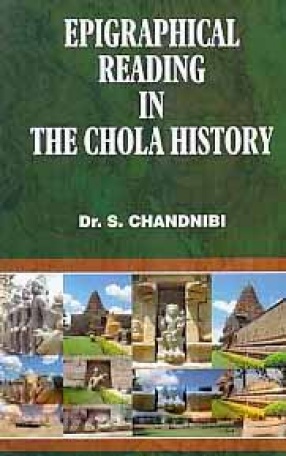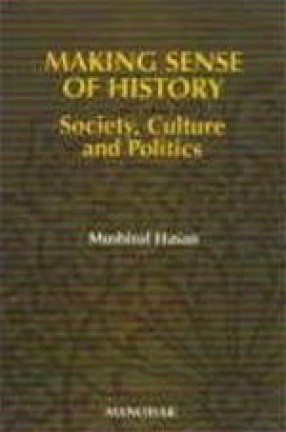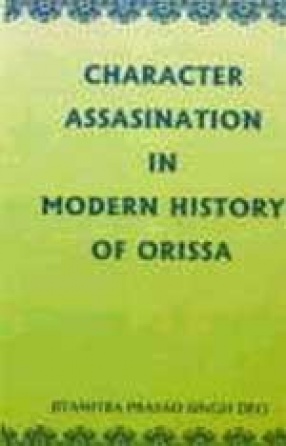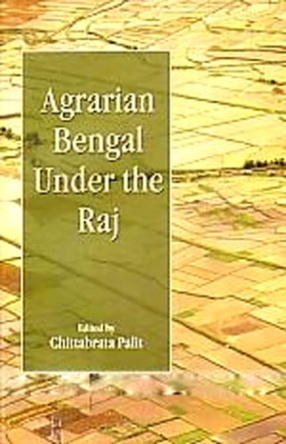As resources for writing history, the corpus of Tamil Inscriptions is heterogeneous and the range of historical and social issues they illuminate tends to be extensive. Nilakanta Sastri, the authority on Chola history, wrote “The language of inscriptions describing the taxes and dues is susceptible of complete or satisfactory interpretation at present, and nothing more can be done than to offer some tentative inferences from the records which will require confirmation or modification in the light of further study”. For historians, the related endeavours like deciphering them, knowing the language of inscriptions, techniques of retrieving information and perfect understanding of cultural and historical contexts involve subtleties but pose a challenging task.
Efforts using epigraphical records to reconstruct all domains of humanity, with special focus on socio-cultural traditions are a welcome contribution. The book under review is the combination of several articles by the author on 15 topics on many domains of the Chola period.
Sabhas, the local administrative set ups, or the local self-governing bodies of the Chola empire, could work harmoniously because of the periodical changes and revisions in the electoral rules and regulations. Nevertheless there were instances where the work was hampered by the rise of factious spirit among the members and hence the Government’s interference and insistence had become necessary.
It is well documented that the presence of communal landholdings in the early Chola period steadily changed into individual land holdings in subsequent periods. The change in pattern of landholding divided the social strata into owners and cultivators, two distinct groups, resulting in suppression, exploitation and unwarranted quarrels in villages. Subsequently, the rulers had to grant concessions to certain communities of the society to appease them such as personal titles for military services and other political reasons. But these became hereditary rights later and finally communal. In fine, Chola society was not static but witnessed changes in many sections and reflected in the ages that followed. The author disproves the belief that all women attached to the temples performed singing and dancing only and demonstrates that they performed many duties like cleaning, cooking, garland making, husking paddy and they were paid equally like their male counterpart.
One more interesting aspect of Vedic education is that qualified teachers with titles ‘Bhattas’ were appointed with due land grants to teach all sastras on the condition that they should not be natives of the village in which one takes up the profession and that the teacher should provide at least mid day meal for the students. Drawing our attention to the inscriptions referring to the presence of Kashmir Pandits in Tamil Nadu, she points out their ownership of land in religious places such as Srirangam and Chidambaram. They intermingled with locals and some of them were granted title “Rayan” denoting their official position or designation in the Chola period. In this context, it is worth corroborating them with the biography of Adi Sankara which reiterates his return from Kashmir with a group of Kashmir scholars to establish a pan-Indian religious ethos.
Under “Feudalism in South Indian Context” she reopens the debate on the existence of feudalism in India as advocated by scholars like R.S.Sharma in his magnum opus Indian Feudalism. She analytically argues that in-depth study of land grant records from the 6 CE to the 13 CE, the donors especially, the kings did not abstain from categorically specifying various obligations that the recipient should carry out that were beneficial to the donee and the society. Her conclusion that feudalism of the north is non-existent in the south is found to be well justified.
Under the section “Chola townships” she takes up three lesser known urban places such as Tiruvallam, Bahur and Tribhuvanai in Tondaimandalam. They have grown around the temple which attracted the public not only in the angle of religion, but also in imparting knowledge in various fields of education, and as a source of employment to smiths, craftsmen and others. It served as a regional bank where provisions were made to distribute loans to people at times of natural calamities. The methodology used by her in locating such urban centres through epigraphy is a new domain and many such centres can be traced by research students in future.
Other subjects dealt in the book include constructing history from hero stones, the environs of Tiruvalangadu, tourism in medieval south in medieval context, Manu and justice under the Cholas. Focussing on land measures in the Chola Empire lands were measured by units like ‘ma’, ‘veli’ and ‘Kuzhi’ in Cholamandalam while in Pandya and Chera regions the area of land was known by its capacity to hold the quantity of seeds and hence only grain measures were familiar. This revelation enhances the merit of the book.
Diacritical marks in such important works could have increased the value of the work. Nevertheless the author deserves our admiration on striking out a new methodology and data based conclusions on inscriptional records in the field of historical studies.






There are no reviews yet.